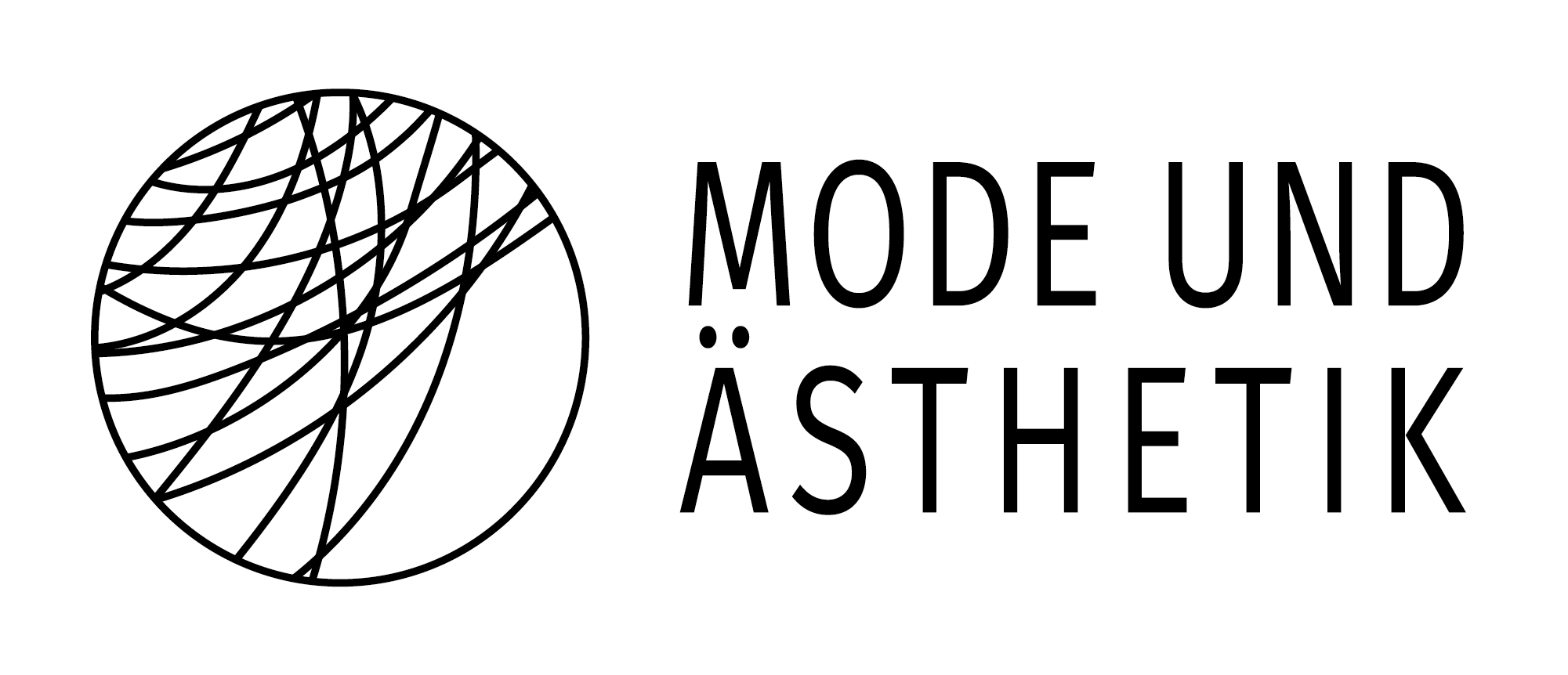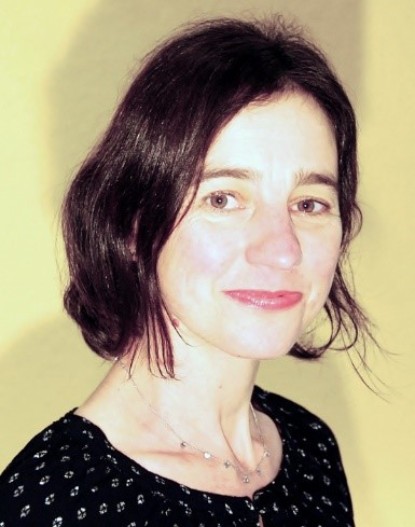Based on extensive research on theories in the field of cultural studies and aesthetics regarding the exhibition space, this doctoral thesis develops a genuine architectural theory model tailor-made for interior design. In doing so, existing theoretical approaches are verified by “critical revision”, “translated” for the interior designer, further developed and modified. A graphic discourse using drawings or diagrams to analyse abstract theoretical correlations and working with sequences of pictures is of particular import to architectural experts. By utilising the tools and methods of the architectonic profession, which are largely visual and relying heavily on artisanal drawing, it is attempted to use them to the benefit of research.
Theory and example: The structuring of the doctoral thesis follows a dual principle. Topics relevant to space are identified, named and discussed by comparison when analysing this theory largely based on cultural studies. The space-specific questions resulting from this are the starting point of investigation by example based on concrete references. In doing so, theoretical approaches are proved right or wrong, extended and looked at from all angles. The comparative graphic representation provides new insights.
Finally, a practically relevant theory model will be developed for interior design based on the research findings.
The overall goal is to gain a better understanding of the complex interdependencies of space, object and beholder from which to derive how initial interior-design solutions can be applied effectively when developing and implementing exhibitions and curatorial concepts. Abstract theories of space from adjoining disciplines become tangible to producers of space, designers and curators by checking them against an example which in turn makes these theories effective for curating and manageable in practice.



